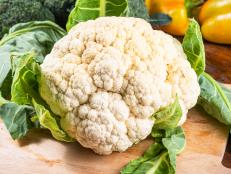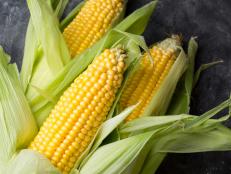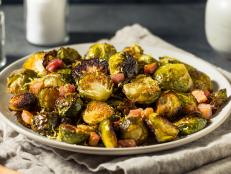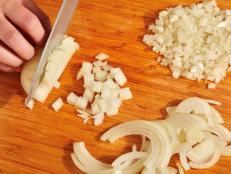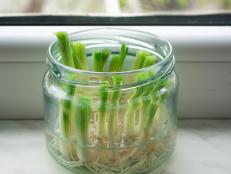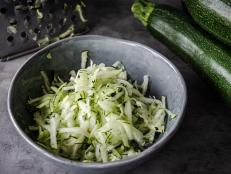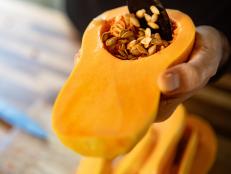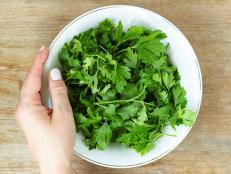How to Mince Garlic
A step-by-step guide to mastering this skill in minutes.
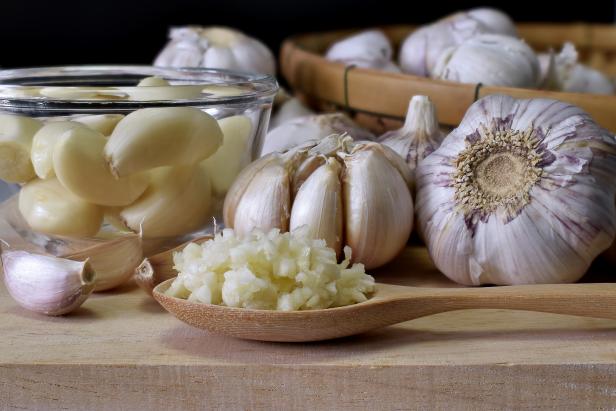
Yannasakamon Thamjamrassri/Getty Images
By Alice K. Thompson for Food Network Kitchen
Alice is a contributing writer and editor at Food Network.
From stews to sauces to curries and stir-fries, garlic is one of the most popular ingredients on the planet. Sure, cooks may disagree on how much to use, but few kitchens are without it. It’s so central to so many cuisines that knowing how to mince it up it quickly will really pay off. So grab a knife, a cutting board and some garlic and master this essential skill.
How to Mince Garlic
Mincing garlic helps distribute it evenly throughout a dish and intensifies its flavor. Breaking down the cloves’ cell walls releases volatile compounds that can become acrid as garlic sits, so for the best flavor, use up the minced garlic as soon as possible.
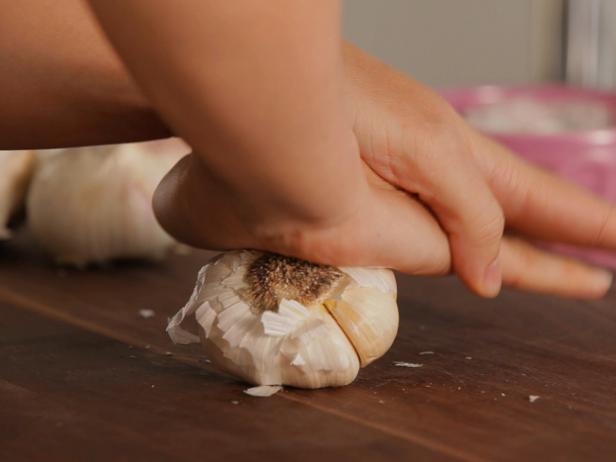
Step 1: Separate the Cloves
A head of garlic comes wrapped in layers of papery skin that help protect it from moisture. Remove some of the outer husks to make separating the cloves easier. Next, gently press down on the head with the heel of your hand to loosen the cloves, then pull them apart with your fingers. Only need a few cloves? Leave as much of the head intact as possible since doing so will keep the remaining cloves fresher.
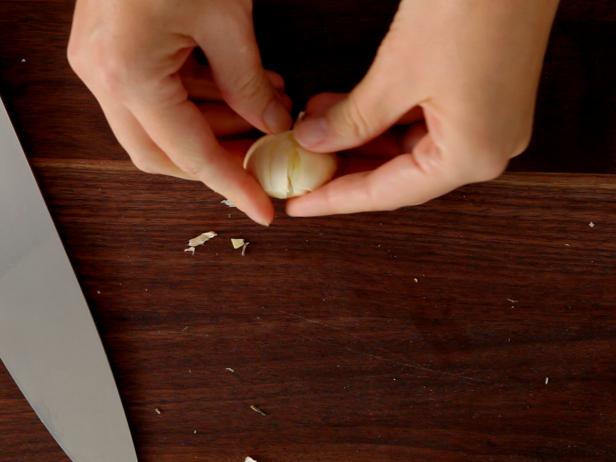
Step 2: Peel the Cloves
Lay a clove flat on your cutting board and trim away the root end with the tip of your knife. Lay the flat side of your knife over the clove while holding the handle. With the heel of your other hand, carefully give your knife a gentle whack — this will separate the skin from the clove and allow you to remove it with your fingers.

Step 3: Crush the Cloves
Lay the flat side of your knife over the garlic again and smash it a little bit more.
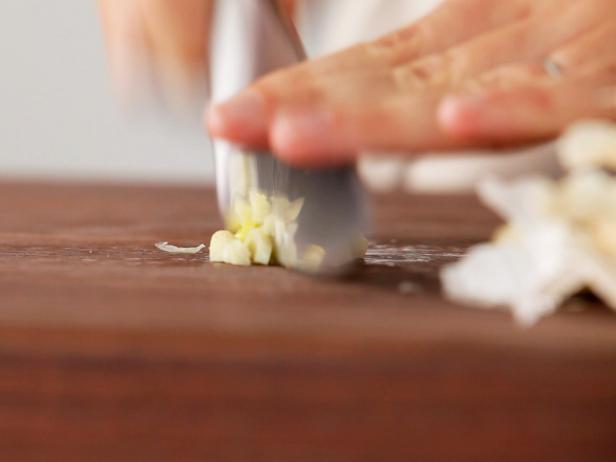
Step 4: Mince the Garlic
Give the garlic cloves a rough chop, cutting each into 4 or 5 pieces or slices. Next, hold your knife vertically and lay your free hand flat across the tip end to help stabilize it. Use a rocking motion, move your knife from left to right and back again, until the garlic is first finely chopped and then minced. That's it!
Are Minced and Finely Chopped Garlic the Same?
Although the terms “minced” and “finely chopped” are sometimes used interchangeably, they are not the same thing. Minced garlic is more finely cut — almost paste-like — than finely chopped garlic. Minced garlic is typically used in dressings or butters where distribution is very important. Most uncooked dishes will also call for minced garlic: Few people would want to bite into even a small chunk of raw garlic.
How Much Minced Garlic Does a Clove Yield?
Garlic cloves vary greatly in size, but an average clove will give you about 1/2 teaspoon minced garlic; 6 medium cloves will give you about 1 tablespoon minced garlic.
Related Links:
























